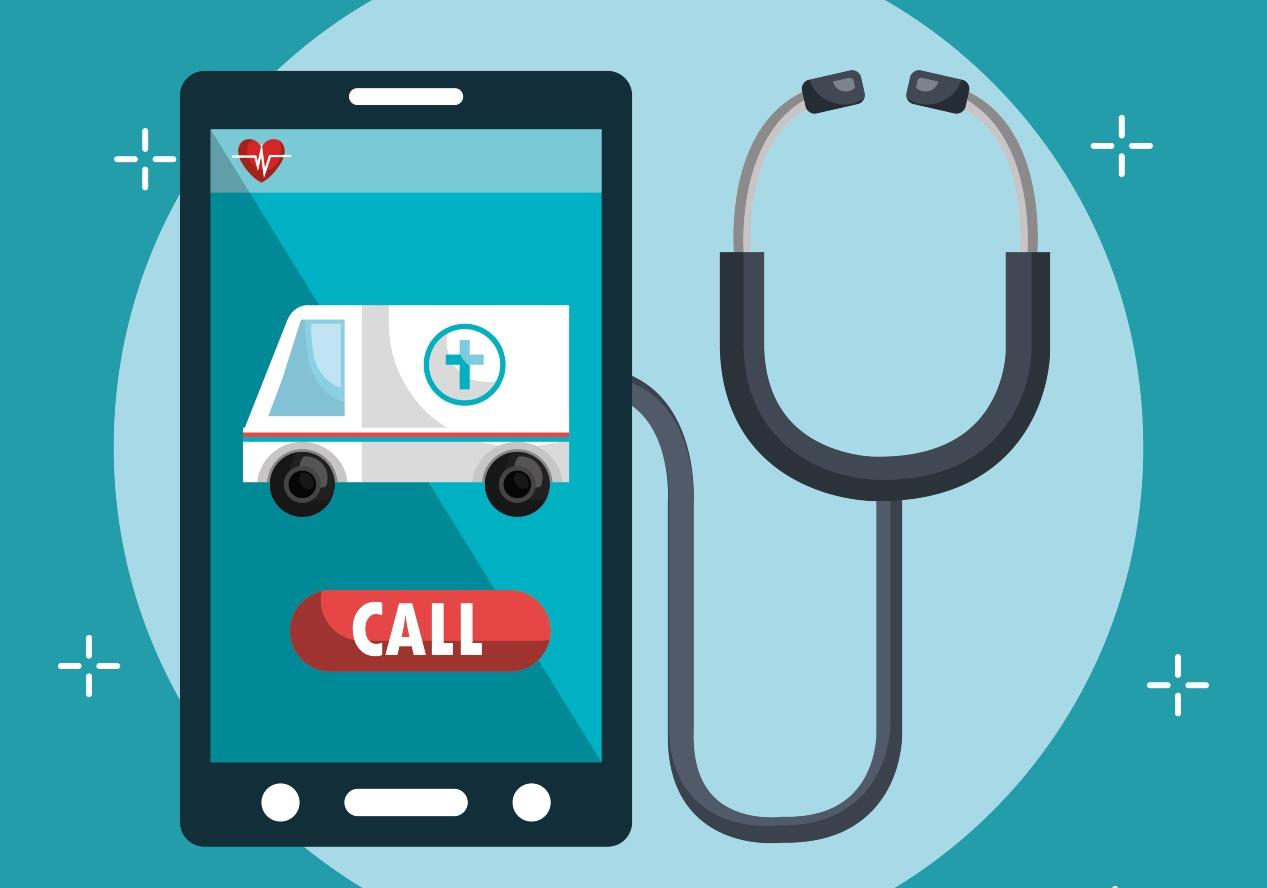The primary sex hormone for males and those who are biologically masculine from birth is testosterone. It controls male sex characteristics and sexual function and helps overall growth and development.
A doctor can order an at-home testosterone test UK using a blood sample to measure total testosterone levels. They can also order other tests to learn more about your health.
Table of Contents
Blood Tests
Most often, blood tests are done at a clinic or hospital. A needle is inserted into a vein or a fingerprick, and a blood sample is drawn and sent to the lab for analysis. You could get a slight pain or prick, but this normally disappears shortly.
A blood test can measure levels of the sex hormone testosterone in your body. Testosterone is the main sex hormone in men, and people are assigned male at birth (AMAB). It helps boys develop masculine features like body hair and a deep voice during puberty, controls sex drive, builds muscle, and makes sperm. It also helps prevent heart disease and maintain healthy organs.
Because most of the testosterone in your blood is bound to proteins, it cannot affect tissues. A total testosterone test measures bound and free testosterone in a blood sample. A less common test measures only the bioavailable form of testosterone, which is not attached to SHBG.
Saliva Tests
Testosterone is one of many sex hormones crucial for male characteristics, including hair growth, a deepening voice and a sex drive. It is also important for prostate health.
Saliva testing is easy, less invasive and more acceptable to repeat testing. It is also less costly than blood tests and does not expose laboratory workers to hazardous samples. Several at-home saliva collection kits are available for individuals to self-collect saliva samples for analysis and return them for testing.
Researchers developed a saliva-based COVID-19 test early in the pandemic that received FDA emergency use authorization (EUA). It does not require specialized swabs and reagents, which have been in short supply, and is based on the capacity of late-night saliva to quantify the active free cortisol in the body. This test could be useful for screening residents of nursing homes and retirement communities, who may have a greater risk for exposure to the virus but might not be showing symptoms.
Urinary Tests
Urine tests, or urinalysis, are the physical, chemical and microscopic urine examinations. A healthcare professional may collect a 24-hour urine sample or a clean-catch midstream sample (taken from the middle of the stream). The results from these tests can indicate problems with the kidneys or urinary tract, such as a bladder infection. The urine sample is examined using a chemical pad test strip that reacts with proteins, blood cells, sugar (glucose), urea, bilirubin, pee crystals, and mucus to change color.
A lab also examines the urine to see if there is protein, which could be a sign of a kidney disorder or an infection that can lead to kidney stones. Urine is also tested for drugs such as alcohol, amphetamines, benzodiazepines and marijuana. Some STIs can also be diagnosed using a urine sample. Typically, a hospital or clinic such as Evolve Wellness & Health Testosterone Clinic Denver would do this test.
Physical Exam
When medical conditions are detected in their early stages, they are easier and less expensive to treat. This is why physical exams are an important part of the diagnostic process.
Testosterone testing can be done either by blood or saliva. Test findings are interpreted in light of your medical history and current symptoms. Some doctors may require that you fast before testing or only use a sample taken in the morning, as this is when levels are usually highest.
Most tests measure total testosterone, but a few can also measure free or bioavailable testosterone. Your doctor can explain how the different measures are interpreted and what they mean for you.
A physical exam can help determine if you have low testosterone, and a follow-up test can keep your levels in check as treatment begins or changes. The physical exam is one of medicine’s oldest and most valuable tools. Abraham Verghese describes how it was once the doctor’s first diagnostic tool, using sight, touch, and sound to assess a patient’s condition.
Also Read – The Right Way to Implement Machine Translation Method for Global Your Enterprises




